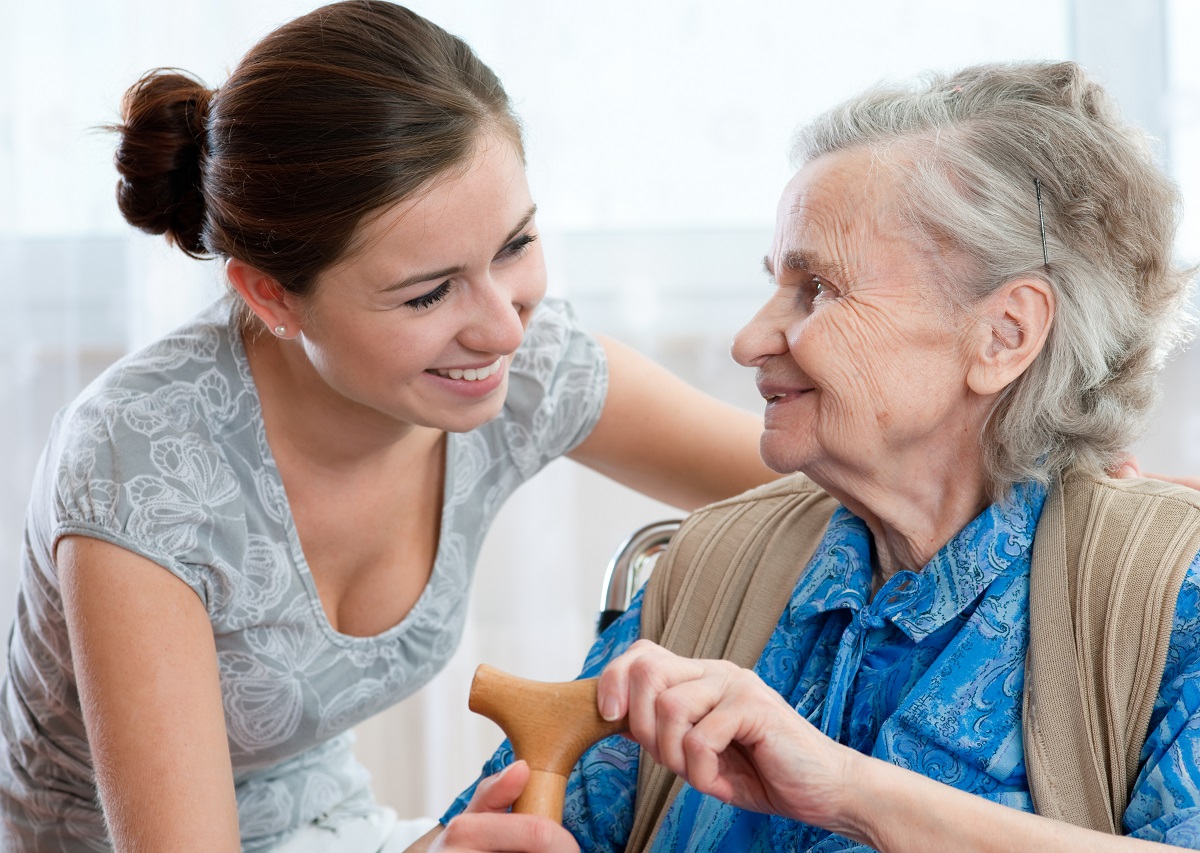Professional carer and lead nurse Daphne Simpson explains how to make one of the most difficult tasks of caring a little easier.
There will come a time when the person you’re caring for needs help using the lavatory. Although this may be something you dread or find upsetting, it’s best to approach it in a calm, matter-of-fact manner. Remember, you aren’t alone. This is a task most people feel uncomfortable about at first so try not to worry. You’ll get there eventually…
Look out for clues
If your loved one is struggling to manage they may have had a few accidents. Perhaps they’ve tried to cover them up by hiding wet or soiled clothing, or by covering up wet patches on the sofa. The more signs you’ve had that incontinence may be becoming an issue, the more likely it is that you need to step in.
Broach the subject
Be honest but respectful. For example, you could try saying; ‘I’ve noticed you’re having a bit of trouble using the loo, I’m here you know and more than happy to help.’ At first, dexterity may be the only real issue and a bit of help unfastening clothes or getting seated on the loo could be all that’s necessary. For example, you could try saying; ‘Can I give you a bit of help with that top button? It looks quite fiddly.’ Once you’ve provided the help, leave the room and stand outside. It’s important to stay close by whilst still respecting their privacy because if they know you’re near, they’re more likely to call out for assistance if they need it.
Fake it till you make it
If your loved one senses that you’re finding this difficult, they could easily pick up on your anxiety and become very stressed. So to avoid the whole experience becoming traumatic, try putting your personal feelings to one side and imagine you’re playing a role. For example, some people find it easier to put on a ‘professional hat’ and imagine they’re a nurse or paid carer just doing a job. Or, if you’re a parent you could think back to a time when you helped them use the loo, you probably didn’t think twice about helping them and did whatever was necessary to make them feel comfortable. Isn’t that all you’re trying to do now?
Take your time
You might be tempted to rush the job if you’re feeling embarrassed or uncomfortable, but it’s really important not to. It’s essential to make sure intimate areas are wiped and cleaned properly so that your loved one doesn’t develop painful sores or infections including urinary tract infections. Personally, I find wet wipes or hot soapy water more effective than loo paper (see the step-by-step guide below).
Practice makes perfect
Nobody gets it right first time, even professional nurses. So don’t worry if you mess up. Just try to keep your loved one calm and next time will be better.
Never belittle your loved one
Try not to make them feel embarrassed, no matter how stressed you feel. If they become fearful, incontinence is even more likely to happen.
Step-by-step guide to helping your loved one with dementia use the loo
1. Once their clothing is unfastened help them to get seated comfortably on the toilet.
2. If they are able to support themselves whilst sitting, make sure you stay close by so that you can intervene if necessary. If possible, install a grab rail just beside the loo to give them extra support if they need it.
3. Do what feels normal for them. Chatting whilst they use the loo may help them to relax, but if they prefer silence, that’s fine too. If you think they’re finding it difficult having you there, be quiet. I sometimes look in the bathroom mirror, twiddle with my hair and pretend I’m not looking to give privacy. You could also use the time to fill the bathroom sink with hot soapy water in preparation for the next step.
4. When they’ve finished, check that you have everything you’re going to need close to hand. For example, wet wipes, hot soapy water, loo roll, a flannel, a soft towel and clean underwear if necessary. Some older people prefer hot soapy water rather than wet wipes so it’s good to have the option of both when you’re just starting.
5. When you’re sure they’ve finished urinating, start the wiping process whilst they’re still seated making sure to get into all the skin crevices and folds, being very gentle around the genital area. Then, help them to stand and hold the grab rail and finish off the wiping.
6. If they’ve had a bowel movement, don’t try to clean them whilst sitting as it could get very messy. Instead, help them to stand and hold onto the grab rail and then start the wiping process. Taking your time (and following the tips above) until they’re clean.
7. Once their skin is dry, help them redress.
What if they become agitated or angry?
Try not to panic. If they refuse to let you wipe them for example and insist on doing it themselves, you may have to give in gracefully. Try not to get into any heated rows which will only increase their agitation and lead to several hours of challenging behaviour. If they aren’t properly clean, just try again the next time they need the loo.
SHARE
Explore more




